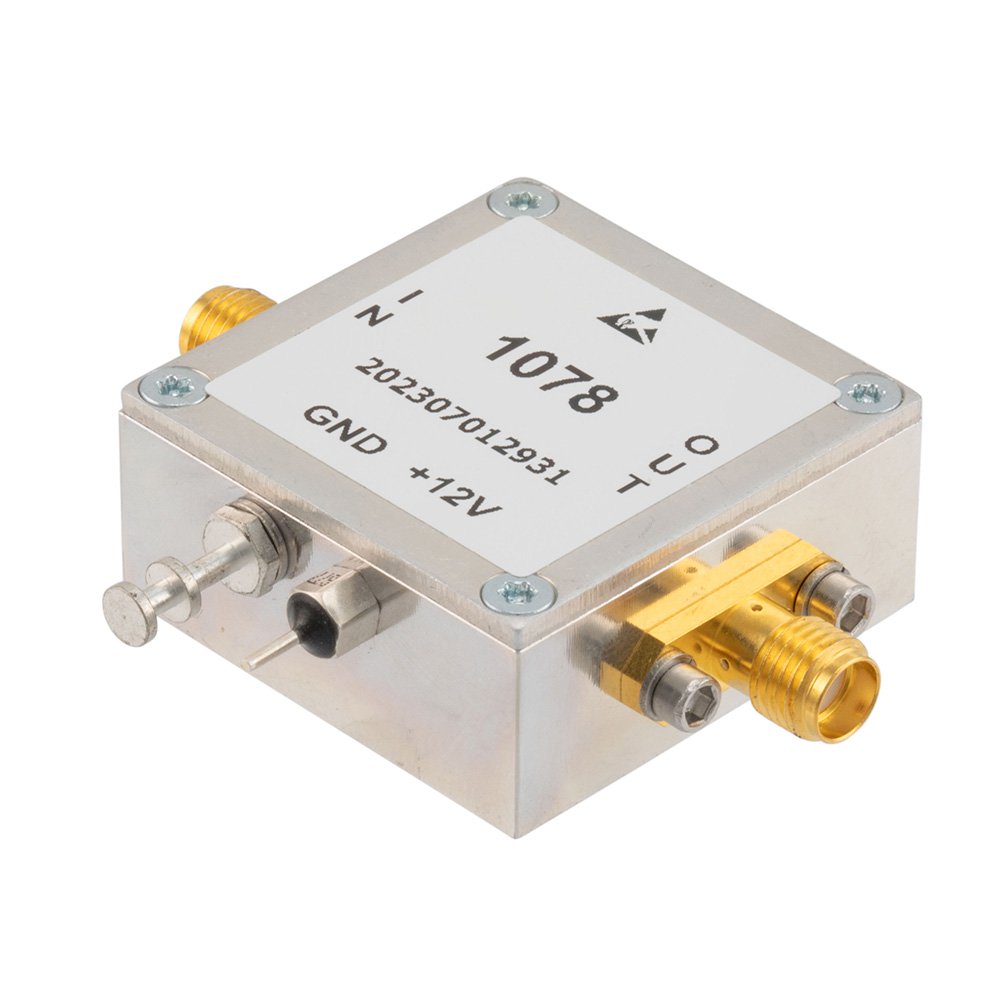5G is the latest cellular communication standard that is currently being deployed. 5G covers a much wider frequency range than previous cellular generations, and most other wireless standards. Hence, hardware for 5G can be extremely diversified. 5G frequency range 1 (FR1) may be extended to cover between 410 MHz and 7.125 MHz, with current frequencies ranging from 600 MHz to 6700 MHz. Additionally, there is a second frequency range, FR2, ranging from 24.25 GHz to 71.0 GHz, with the potential for licensed/unlicensed additional frequencies bands well into the E-band and even W-band. Though the 5G FR2 rollout is still only in the initial stages, the 5G FR1 rollout is progressing rapidly, and there is a growing demand for RF hardware to serve this new generation of wireless communication. 5G Amplifiers are a key set of devices for these applications and are necessary for both reception and transmission of 5G signals from base-station to user equipment.

A 5G signal Amplifier can be virtually any amplifier that operates within a 5G frequency range, however, there are several performance criteria that differentiate a 5G amplifier from other generic amplifiers. A 5G amplifier is generally designed to operate over a set of frequency bands that are commonly used by a carrier or carriers instead of the entire FR1 frequency band, though some 5G power amplifiers do cover a significant portion of the 5G FR1 spectrum. Typically, low noise amplifiers (LNAs) built for cellular applications are wider band than mid-range or high-power amplifiers. This is due to transmission efficiency concerns with wide bandwidth transmitter amplifiers tending to be less efficient than narrowband transmission amplifiers. Efficiency is less of a concern with the reception side of a cellular link, where noise figure and phase noise are generally of greater concern. Given the high degree of modulation sophistication for 5G signals, linearity is of extreme importance for both reception and transmission amplifiers for this application.
Another constraint for amplifiers used throughout the signal chain for 5G wireless systems is size and integrability. 5G systems are intrinsically multi-input multi-output (MIMO) and beamforming technologies, and often require several amplifiers for both the transmission and reception signal chains to power the several antenna elements necessary to achieve MIMO and beamforming. This makes compact and highly integrated amplifiers well suited for 5G applications. Another approach is to use compact and high gain amplifiers that can provide a relatively high signal level boost to several antenna elements via signal routing and power divider/combiner components in a hybrid digital/analog MIMO/beamforming approach.


